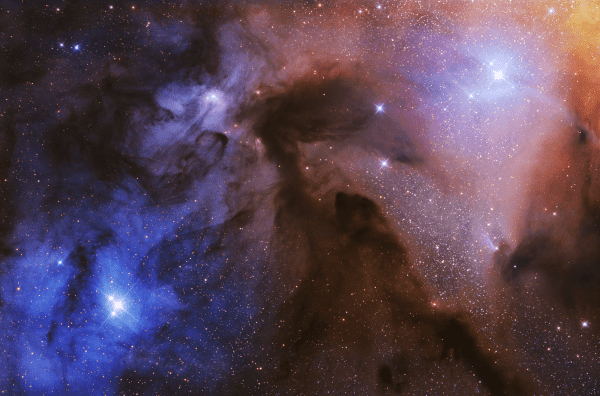
By Hamish Johnston and Michael Banks
Hats off to the Russian photographer Artem Mironov, who has beaten thousands of amateur and professional photographers from around the world to win the 2017 Insight Astronomy Photographer of the Year. The award is in its ninth year and is run by the Royal Observatory Greenwich together with Insight Investment and BBC Sky at Night magazine. Mironox’s image, which was taken over three nights from a farm in Namibia, is of the swirling dust and gas clouds in the Rho Ophiuchi Cloud Complex. The object is situated approximately 400 light years away from Earth and is home to a cluster of more than 300 protostars. As well as winning the £10,000 top prize, Mironov’s image will be on display along with other selected pictures at an exhibition at the Royal Observatory that will run until 28 June 2018. The competition received over 3800 entries from over 90 countries.

It was a bittersweet week for scientists working on Cassini who watched their beloved spacecraft plunge into Saturn earlier today. This marked the end of an incredible 20-year mission that changed the way we look at the ringed planet – and also how we think about where life might exist beyond Earth. Above is a detail from an infographic that describes how much the mission cost, and what we got in return. You can view the entire infographic at Scienceogram UK. Cassini looks like a bargain to me.

“It was 60 years ago this week that a young Columbia University grad student named Gordon Gould jotted some sketches in his notebook of a proposed light-emitting device, then had his sketches notarized at a candy store in the Bronx.” That’s according to the Perimeter Institute for Theoretical Physics, which has put out a lovely deck of cards full of amazing facts about lasers. My favourite is the Gillette unit illustrated above.



